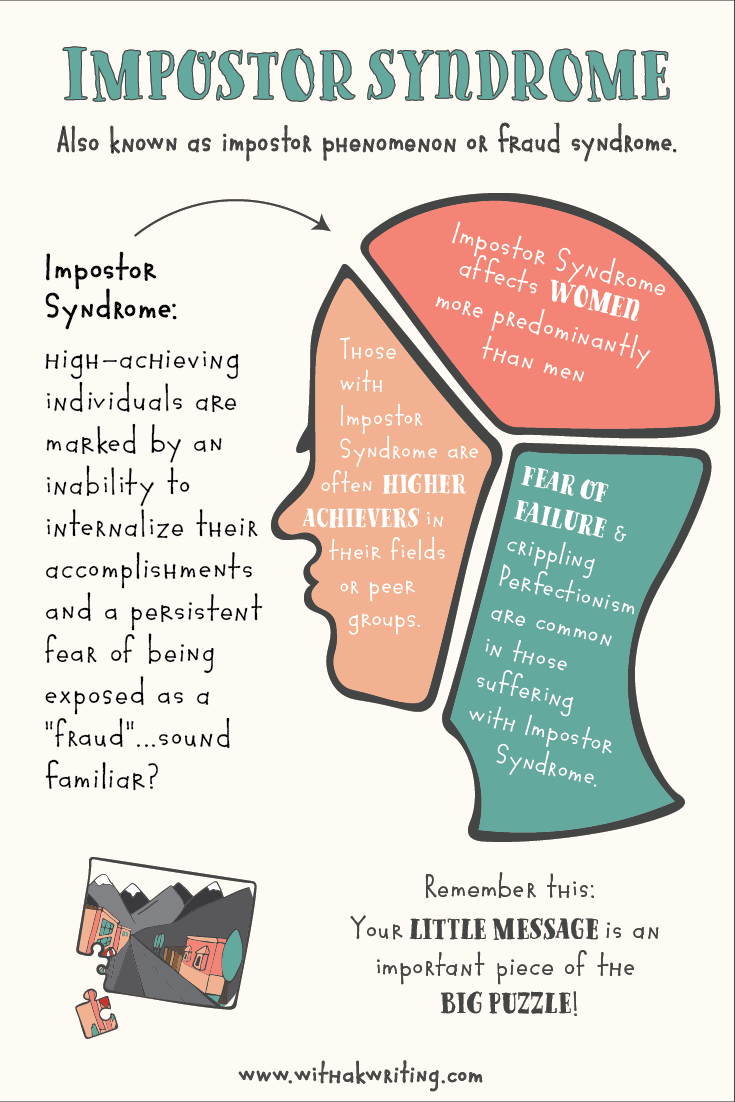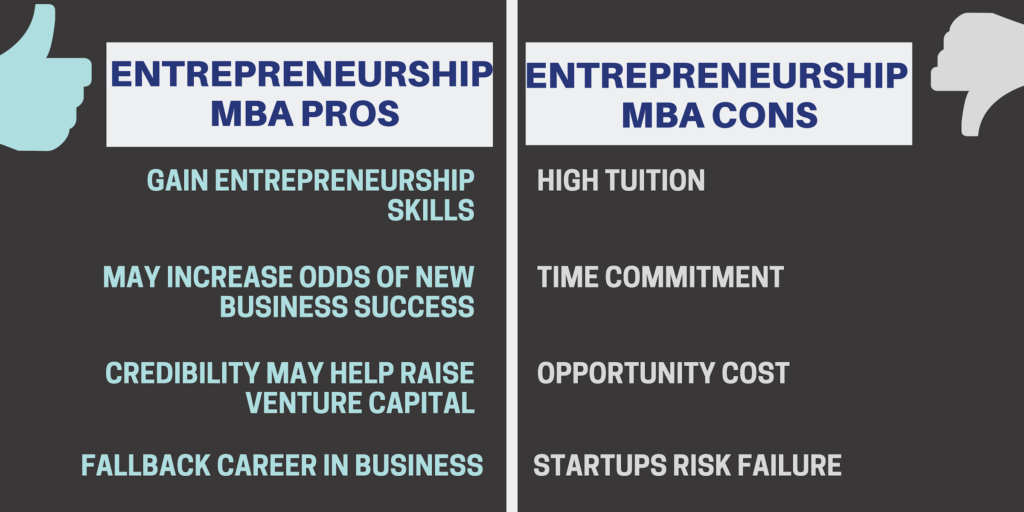The following interview with Temple University catalogs my own experiences this time last year, unmasking the role of Rehab Medicine during the COVID-19 pandemic. As today is Star Wars Day, I thought it was a perfect reminder of the Force that lies within each of us and how my medical specialty of Physical Medicine and Rehabilitation helps patients rediscover that power. Thank you to Rebecca Mayeda, MD candidate for reaching out to interview me, share my story, and create this portrait:
Unmasking Rehab Medicine During COVID - An Interview with Dr. Alyssa Cole
Dr. Alyssa Cole is a Physical Medicine and Rehabilitation physician, having recently finished her PM&R residency training in Philadelphia. She is now specializing in Cancer Rehabilitation as the city’s first Cancer Rehabilitation fellow physician. Back in medical school, Dr. Cole learned about the field after completing a preceptorship at a rehabilitation hospital. “As an osteopathic physician, I have a strong understanding of anatomy, the musculoskeletal system, and the nervous system. Rehabilitation allows me to combine these interests in order to help patients regain their quality of life.” Initially, she did not know about the field of physical medicine and rehabilitation. She told her family how she wished she could be the physician overseeing the medical management of patients in therapy. It was that moment when her father turned to her and said, “you’re talking about physiatry.” It turned out that before she was born, her father was a research assistant for a physiatrist and so, in a way, Dr. Cole thought, “maybe it was embedded in my DNA... meant to be.”
Continuing to explore the field through elective rotations, Dr. Cole enjoyed seeing the progression and continuity of care as patients made their way through rehabilitation. Dr. Cole remembered meeting a stroke patient who had difficulty standing, but after a month of comprehensive therapy, was able to walk across the room and hug her children. “Knowing that I could be the cheerleader for her, and also having been a cheerleader, I felt like [PM&R] was the best of both worlds.” Dr. Cole described PM&R as “a hidden gem that not many people know about... it’s a field devoted to improving the functionality and quality of life of patients with a focus on neurological and musculoskeletal conditions.”
Dr. Cole explained how through PM&R you can either practice general physiatry or pursue more specialized interests such as sports medicine, pain, spinal cord injury, traumatic brain injury, cancer rehabilitation, and palliative care. She said that sometimes when people hear ‘PM&R’ or ‘physiatry’ they think of psychiatry or pediatrics, which is why it is important to bring awareness to the field and educate the public about what these doctors offer patients.
Amidst the pandemic, outside of the hospital, Dr. Cole limited her normal activities to socially distance, arranged for groceries to be delivered, and canceled travel plans to visit family. At the beginning of the pandemic, she was on her EMG (electromyography) rotation, but due to administrative changes and restrictions on outpatient clinics, she was instead placed on reserve in case other physicians became ill. This meant that she served as a backup both for her PM&R residency as well as for the internal medicine resident physicians.
During this time, Dr. Cole was also moonlighting at a suburban rehabilitation hospital, where she had the opportunity to take on more attending-level responsibilities. Here she managed all of the rehabilitation patients, in addition to twenty patients recently added to a unit dedicated to COVID. “These were extra shifts I was taking on that I didn’t need to as part of my residency training, but I knew the hospital needed the help,” said Dr. Cole. She worked there a few times a month always in 24-hour shifts.
Thinking back to the height of the pandemic, Dr. Cole reflected on how “the stress of everything was difficult to manage. I remember walking into the hospital one day and, as I looked down, I saw there were chalk drawings and messages all over the ground in front of the entrance. They said ‘Thank you,’ ‘Heroes work here,’ ‘We appreciate you,’ ‘You’re saving lives,’ and it just made me cry.” She remembered at the time being surrounded by a group of other employees, nurses, and therapists, and she said, “We just all started bawling because it was just such a powerful message to read. And it meant a lot. This is what you do for your job every day and you never think of yourself as a hero.” Dr. Cole said she is so appreciative of her colleagues, the nurses she works with, the therapists, the environmental services team, the aides, and the technicians, explaining, “It takes a village.”










![Why Do Students or Employees Earn an MBA Degree? [Infographic]](https://infographicjournal.com/wp-content/uploads/2020/06/MBA-degree-feat.jpg)






























Social Icons